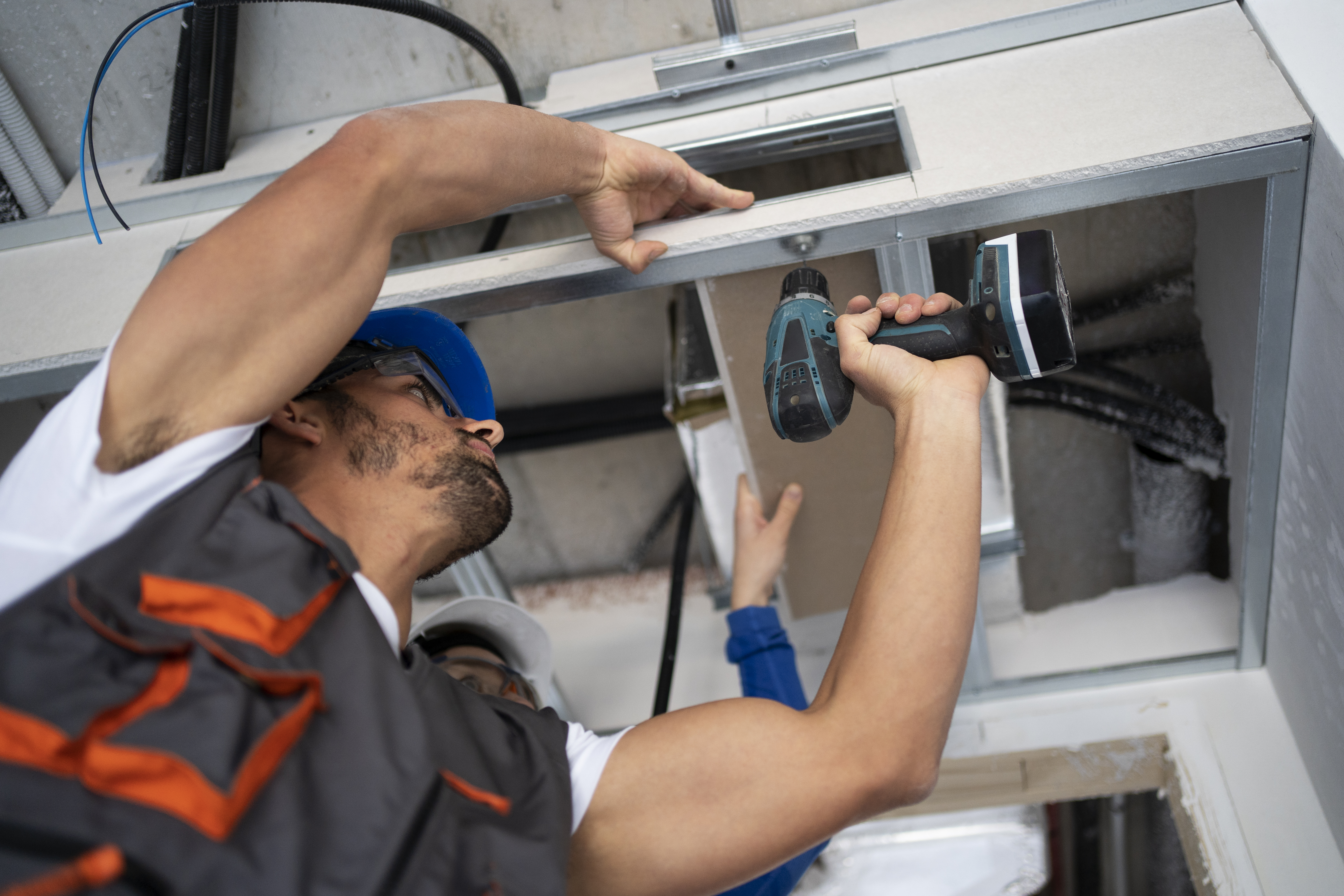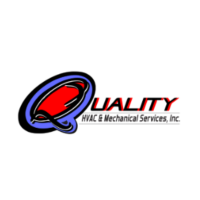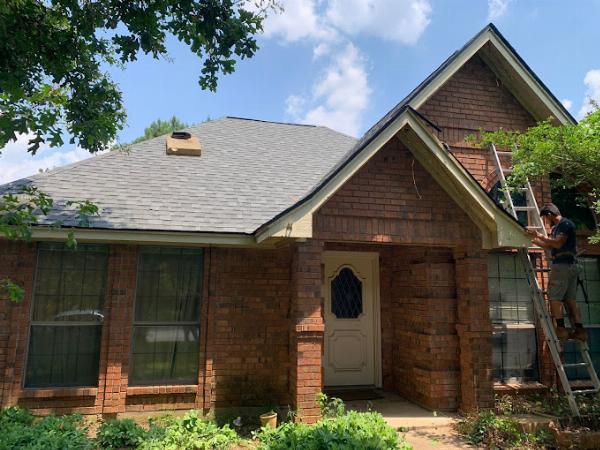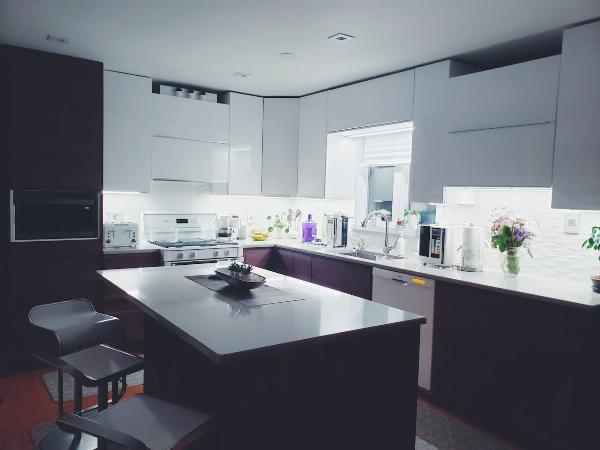Precision-Cooled Living: Rethinking AC Unit Installation for Modern Spaces

Strong 8k brings an ultra-HD IPTV experience to your living room and your pocket.
In today’s fast-evolving residential and commercial environments, comfort is no longer a luxury—it’s a necessity. With rising temperatures, fluctuating climate conditions, and an increased demand for energy efficiency, air conditioning (AC) units have become central to modern living. However, the concept of AC unit installation has evolved far beyond simply mounting a machine on a wall. Modern spaces demand precision-cooled solutions tailored to unique architectural layouts, usage patterns, and sustainability goals.
This article explores the transformation of AC unit installation into a precision-focused discipline. We'll cover the nuances of modern system selection, installation techniques, energy considerations, smart technologies, and why a customized approach is key to achieving long-term efficiency and comfort.
1. Understanding the Shift in Cooling Needs
Modern homes and workplaces have changed dramatically over the past decade. Open floor plans, energy-efficient windows, multi-zone areas, and smart automation systems now require a rethinking of traditional HVAC installation approaches. Rather than "one-size-fits-all," today’s systems must integrate seamlessly with architectural and environmental variables.
Key Influences on Cooling Requirements:
- Building materials and insulation
- Ceiling heights and window placement
- Smart home integrations
- Occupancy patterns and usage zones
AC installers must now consider these factors during the planning phase to optimize the performance and longevity of each system.
2. Site Assessment: The Foundation of Precision Installation
The first step in rethinking AC installation is conducting a comprehensive site assessment. This involves evaluating the physical characteristics of the building, internal layout, electrical infrastructure, and even sun exposure.
Key Assessment Factors:
- Square footage and ceiling height
- Room orientation and sun exposure
- Ventilation and air exchange systems
- Electrical capacity and panel condition
Accurate load calculations (Manual J) and ductwork evaluations (Manual D) are essential for choosing the right system size and design. Improper sizing leads to inefficiency, increased wear, and higher energy costs.
3. Choosing the Right AC System for Modern Spaces
Modern spaces offer a variety of options when it comes to AC systems. Each has its advantages and drawbacks, and the right choice depends on the space, budget, and comfort preferences.
- Central Air Conditioning: Best for larger homes with existing ductwork. Offers consistent temperature control across multiple zones.
- Ductless Mini-Split Systems: Ideal for homes without ductwork or for room-specific cooling. Sleek, energy-efficient, and easy to install.
- Heat Pumps: Serve both heating and cooling functions. Increasingly popular for their eco-friendliness and cost savings.
- Hybrid Systems: Combine electric heat pumps with gas furnaces for flexible and energy-efficient temperature control.
4. Smart Technology Integration
Today’s AC units come equipped with smart features that allow users to control temperature, monitor energy usage, and automate schedules via mobile apps and home assistants.
Key Smart Features:
- Programmable thermostats
- Wi-Fi connectivity
- Zoning and remote sensors
- Energy tracking and diagnostics
Smart integration not only enhances user comfort but also enables proactive maintenance and better energy management.
5. Ductwork Design and Airflow Optimization
Ductwork plays a pivotal role in delivering cool air efficiently. Poorly designed or leaky ducts can reduce system efficiency by up to 30%.
Best Practices for Ductwork Design:
- Use of rigid metal ducts over flexible ducts
- Proper sealing and insulation
- Strategic placement of vents and returns
- Regular inspection and cleaning
In ductless systems, correct placement of indoor units and condensate management are equally important.
6. Installation Techniques That Ensure Longevity
Precision installation means adhering to best practices during every phase of the process:
- Correct refrigerant charging to manufacturer specs
- Secure mounting and leveling of units
- Proper drainage and condensate management
- Electrical safety and code compliance
A professional installation ensures system longevity, protects the warranty, and maintains energy efficiency.
7. Energy Efficiency and Environmental Impact
Modern installations must prioritize sustainability. ENERGY STAR certified units, high SEER (Seasonal Energy Efficiency Ratio) ratings, and environmentally friendly refrigerants like R-410A contribute to lower carbon footprints.
Benefits of Energy-Efficient AC Units:
- Lower utility bills
- Reduced greenhouse gas emissions
- Improved indoor air quality
- Potential tax rebates and incentives
Pairing systems with solar power or battery storage can further enhance eco-friendly living.
8. Maintenance and Lifecycle Considerations
A precision installation is only the beginning. Ongoing maintenance is critical to keep systems running optimally.
Essential Maintenance Tasks:
- Filter replacement every 1-3 months
- Annual professional inspection
- Duct cleaning and leak sealing
- Coil and fan cleaning
Well-maintained systems last longer, perform better, and reduce unexpected repair costs.
9. Customizing Solutions for Residential vs. Commercial Needs
Residential AC needs focus on personalized comfort, while commercial installations must balance performance, scalability, and occupancy dynamics.
Key Differences:
- Commercial units are larger and often modular
- Commercial zones require detailed airflow management
- Residential systems favor aesthetics and quiet operation
Each type demands a tailored approach, combining functionality with cost-efficiency.
10. Choosing the Right Installation Partner
Even the best system can under perform if installed incorrectly. That’s why choosing the right HVAC partner is crucial. Look for:
- Licensed and insured professionals
- Experience with a range of systems
- Transparent quotes and timelines
- Positive reviews and client testimonials
A reputable installer not only ensures flawless setup but also offers valuable insights for long-term maintenance.
Conclusion: The Precision-Cooled Future
AC unit installation has transformed from a basic utility task into a strategic service tailored to modern architecture and lifestyle needs. Precision-cooled living means more than staying comfortable—it’s about embracing smarter technology, reducing energy waste, and ensuring climate control that works in harmony with your space.
By rethinking traditional approaches and embracing advanced installation methods, homeowners and businesses can unlock a new standard of indoor comfort, sustainability, and long-term value.
Whether you're building a new home, retrofitting an office, or upgrading an outdated system, the key is precision—and the right HVAC expert to deliver it.
Note: IndiBlogHub features both user-submitted and editorial content. We do not verify third-party contributions. Read our Disclaimer and Privacy Policyfor details.







